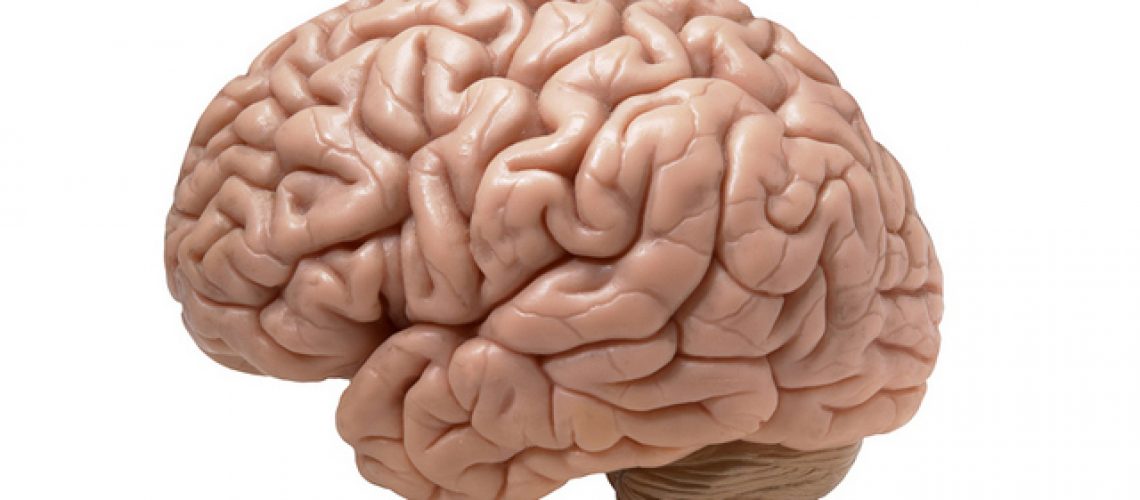What is Sensory Motor Amnesia and why do you need to know about it?
Sensory Motor Amnesia inhibits movement quality and freedom by reducing muscle control and function and can be defined as:
‘A partial or total loss of (memory in) our ability to SENSE and MOVE our muscles’.
Muscles have only two functions, they CONTRACT and they RELAX, that’s it! They do nothing else, so if you lose voluntary control over those two FUNCTIONS, you lose voluntary control over the result of those functions. Which is… drum roll… your MOVEMENT! The impulses which signal your muscles to contract or relax come from the Motor Cortex (one half of the Sensory Motor Cortex). So the problem of SMA is not a structural problem in the muscles but a neurological event ocurring in your brain.
Sensory Motor Amnesia can develop in the following ways;
- Through stress (physical and emotional)
- Through physical trauma (surgeries, injuries, falls, impacts)
- Through repetitive actions (working at a computer, driving, playing a musical instrument etc)
- Through lack of movement (sedentary lifestyle)
When SMA develops your muscles become ‘stuck’ in contraction to some degree. We ‘forget’ how to VOLUNTARILY release and relax them to their full resting length. These ‘stuck’ muscles pull us out of shape creating postural distortions. These postural distortions make it more difficult to move well by reducing our range of motion and can eventually cause chronic muscle pain (back, hip, neck, shoulder, knee, ankle pain etc.) without apparent cause. What do these postural distortions look like? Check out my next few posts to find out…
Summary:
- Sensory Motor Amnesia is ‘a partial or total loss of (memory in) our ability to SENSE and MOVE’ our muscles.
- When we develop SMA we can no longer relax our muscles to their proper resting length.
- SMA is a brain event that causes a functional muscular problem.
- It is not a structural problem.
- It is developed through stress, trauma, repetitive actions or lack of movement.
- It causes postural distortions and muscular pain in our bodies.
Want to resolve your SMA and move better right now? Check out my Learn Somatics YouTube channel where I’ll be breaking down all the most fundamental Somatic Movements you need to feel better and move better.
~

